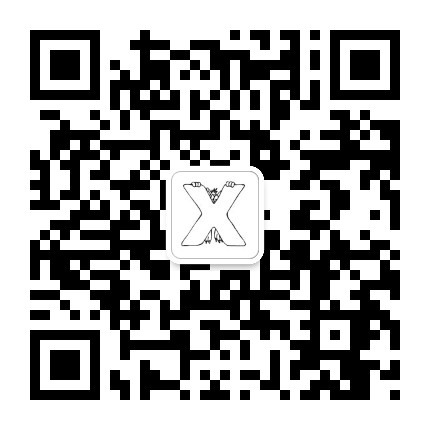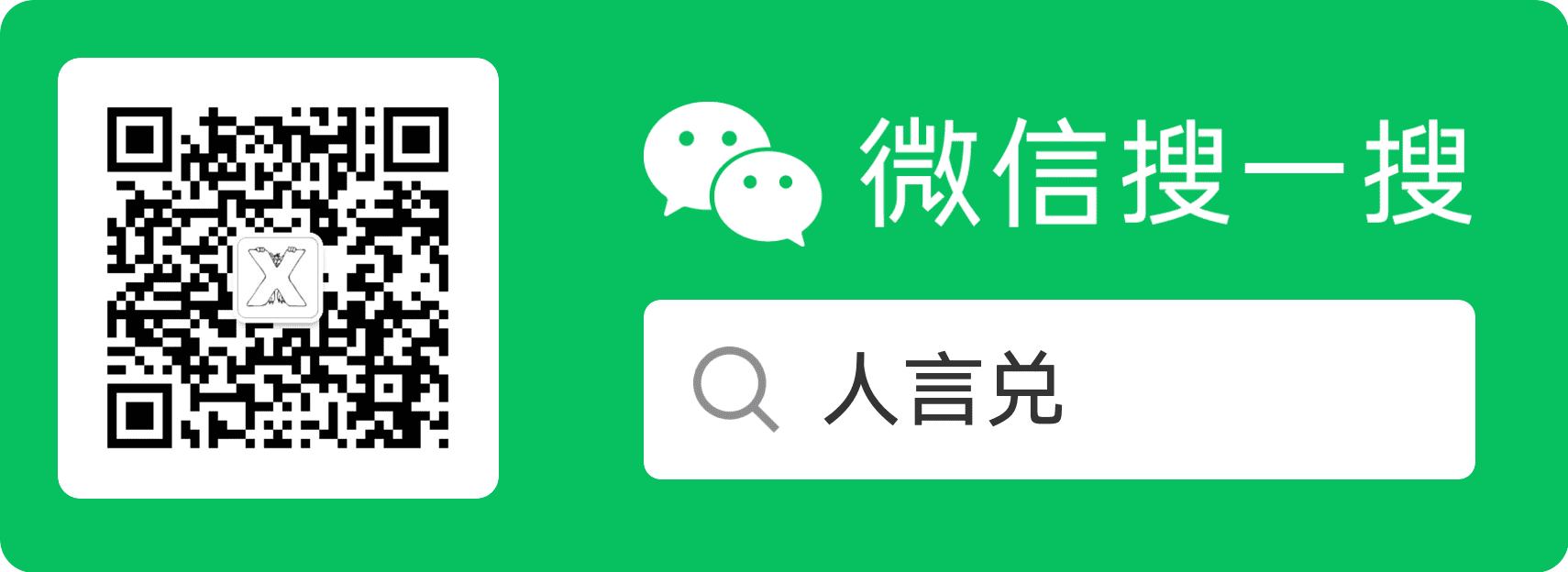Hugo 从 0.60+ 版本引入了强大的 渲染钩子(render hooks) 功能,让你可以轻松自定义 Markdown 中图片、链接、标题、代码块等元素的 HTML 输出,极大提升内容展示的灵活度和维护效率。
本文详细介绍 Hugo 支持覆盖的渲染钩子类型及典型示例,帮你一步步打造个性化的 Markdown 渲染效果。
什么是 Render Hooks?
Markdown 文件里的图片、链接、标题等元素默认由 Hugo 内置渲染器生成 HTML。
Render hooks 是一套模板文件,你只需在项目里创建对应模板,就能覆盖这些默认渲染逻辑,输出你自定义的 HTML 结构和属性。
1. render-image.html — 自定义图片渲染
默认 Markdown 图片语法:

默认生成:
<img src="/path/to/image.jpg" alt="Alt text" title="Title" />
示例:给所有图片加懒加载和 CSS 类
在 layouts/_default/_markup/render-image.html 中写:
<img
src="{{ .Destination | safeURL }}"
alt="{{ .Text }}"
title="{{ .Title }}"
loading="lazy"
class="custom-img"
/>
.Destination:图片链接.Text:alt 属性.Title:title 属性
这样,所有 Markdown 图片都会自动带上 loading="lazy" 和 custom-img 类。
2. render-link.html — 自定义链接渲染
Markdown 里的链接:
[Google](https://google.com)
默认生成:
<a href="https://google.com">Google</a>
示例:自动为外部链接添加安全新窗口打开
在 layouts/_default/_markup/render-link.html 中写:
{{ $base := .Page.Site.BaseURL | urls.Parse }}
{{ $dest := .Destination | urls.Parse }}
{{ $isExternal := and (ne $dest.Host "") (ne $dest.Host $base.Host) }}
<a href="{{ .Destination }}"
{{ if $isExternal }}target="_blank" rel="noopener noreferrer"{{ end }}>
{{ .Text }}
</a>
- 判断链接是否外链
- 外链自动添加
target="_blank"和rel="noopener noreferrer"
3. render-heading.html — 自定义标题渲染
Markdown 标题:
## 二级标题
默认生成:
<h2 id="二级标题">二级标题</h2>
示例:给标题添加编号和图标
在 layouts/_default/_markup/render-heading.html 写:
<h{{ .Level }} id="{{ .Anchor | safeURL }}" class="custom-heading">
<span class="heading-number">{{ .Level }}.</span>
{{ .Text | safeHTML }}
<svg class="heading-icon" ...></svg>
</h{{ .Level }}>
.Level:标题级别(1~6).Anchor:锚点 id.Text:标题内容
4. render-codeblock.html — 自定义代码块渲染
Markdown 代码块:
```go
fmt.Println("Hello, Hugo!")
```
默认生成:
```html
<pre><code class="language-go">fmt.Println("Hello, Hugo!")</code></pre>
示例:代码块加复制按钮
在 layouts/_default/_markup/render-codeblock.html 写:
<div class="code-block">
<button class="copy-btn" onclick="copyCode(this)">复制代码</button>
<pre><code class="{{ .Language }}">{{ .Inner | safeHTML }}</code></pre>
</div>
<script>
function copyCode(btn) {
const code = btn.nextElementSibling.innerText;
navigator.clipboard.writeText(code).then(() => {
btn.innerText = "已复制";
setTimeout(() => (btn.innerText = "复制代码"), 2000);
});
}
</script>
.Language:代码语言.Inner:代码内容(HTML 安全输出)
5. render-table.html — 自定义表格渲染
Markdown 表格:
| 姓名 | 年龄 |
| ---- | ---- |
| 张三 | 28 |
默认渲染:
<table>
<thead>
<tr>
<th>姓名</th>
<th>年龄</th>
</tr>
</thead>
<tbody>
<tr>
<td>张三</td>
<td>28</td>
</tr>
</tbody>
</table>
示例:给表格添加响应式容器
在 layouts/_default/_markup/render-table.html 写:
<div class="table-responsive">
<table>
{{ .Inner | safeHTML }}
</table>
</div>
如何启用 Render Hooks?
- 在 Hugo 项目目录下创建文件夹:
layouts/_default/_markup/ - 在里面放入上述任意或所有
render-*.html模板。 - 重新构建网站,Hugo 会自动调用对应模板覆盖默认 Markdown 元素渲染。
小结
| 模板名称 | 作用 | 常见应用场景 |
|---|---|---|
| render-image.html | 图片渲染定制 | 添加懒加载、响应式图片、Lightbox |
| render-link.html | 链接渲染定制 | 新窗口打开、安全属性、跟踪代码 |
| render-heading.html | 标题渲染定制 | 锚点格式、标题编号、装饰图标 |
| render-codeblock.html | 代码块渲染定制 | 复制按钮、特殊样式、语法高亮 |
| render-table.html | 表格渲染定制 | 响应式表格、滚动容器 |
利用好 Hugo 的渲染钩子,可以告别一些繁琐的手动 HTML,快速打造漂亮、规范、交互丰富的内容页面,强烈推荐实际项目里使用!








